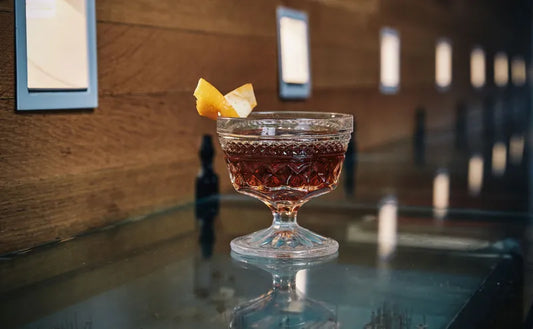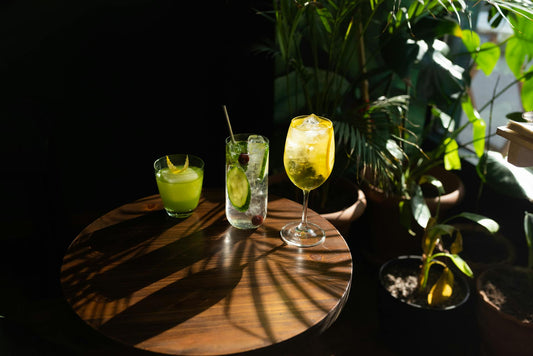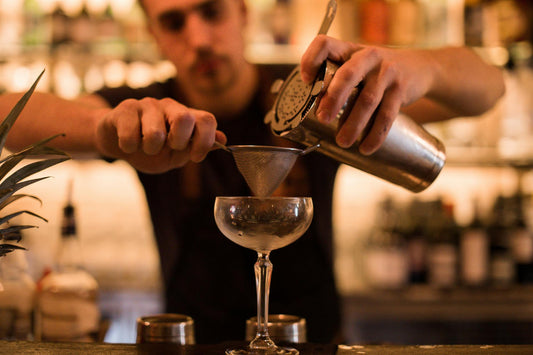Rose Margarita: A Floral Twist on the Classic Cocktail
SWEET to SOUR
(1-10)
STRENGTH
(1-10)
CALORIES
STANDARD
DRINKS
Note: these values are approximate and may vary dependent on the ingredients and brands you use.
More information...
The Rose Margarita is a delightful twist on the classic margarita, infusing the traditional flavors with a floral elegance that makes it stand out. This cocktail is not just a drink; it’s an experience that combines the vibrant spirit of tequila with the delicate essence of rose, creating a refreshing and aromatic beverage that is perfect for any occasion.
To craft a Rose Margarita, you start with the base of 37.5 ml of Patrón Silver blanco tequila, a high-quality spirit known for its smoothness and crisp flavor. This tequila serves as the backbone of the cocktail, providing a robust yet clean taste that pairs beautifully with the other ingredients. The addition of 22.5 ml of rose petal liqueur introduces a floral sweetness that elevates the drink, making it not only visually appealing but also aromatic. The rose petal liqueur adds a unique twist that is reminiscent of spring gardens, making each sip feel like a celebration of nature.
To balance the sweetness of the rose liqueur, 15 ml of agave syrup is included, which enhances the natural flavors of the tequila while adding a touch of sweetness. The use of freshly squeezed lime juice (25 ml) is crucial, as it brings a zesty acidity that cuts through the sweetness, creating a harmonious balance. The final touch is the addition of six drops of Difford's Margarita Bitters, which adds complexity and depth to the flavor profile, rounding out the drink with subtle herbal notes.
The preparation of the Rose Margarita is as elegant as its ingredients. First, a coupe glass is selected and pre-chilled to ensure the cocktail is served at the perfect temperature. The rim of the glass is moistened with lime or orange juice and dipped in salt, adding a savory contrast to the sweet and floral elements of the drink. This step is not just for aesthetics; it enhances the overall tasting experience by providing a burst of flavor with each sip.
Once the glass is prepared, all the ingredients are shaken with ice to chill and combine them thoroughly. The cocktail is then fine-strained into the pre-prepared glass, ensuring a smooth texture without any ice shards. The final flourish is the garnish: an edible rose petal floated on top of the cocktail, which not only adds to the visual appeal but also reinforces the floral notes of the drink.
With an alcohol strength of 15.18% alc./vol., the Rose Margarita is moderately potent, making it a perfect choice for social gatherings or a relaxing evening at home. It contains approximately 210 calories and 1.5 standard drinks, making it a relatively light option compared to many other cocktails.
The taste profile of the Rose Margarita is a delightful journey from sweet to dry-sour, with the floral notes of the rose liqueur and the tartness of the lime juice creating a refreshing balance. This cocktail is not just for margarita lovers; it appeals to anyone who enjoys a unique and sophisticated drink. The Rose Margarita is a testament to the creativity of mixology, showcasing how traditional recipes can be reimagined to create something truly special. Whether enjoyed on a sunny patio or at a chic cocktail party, the Rose Margarita is sure to impress and delight.



